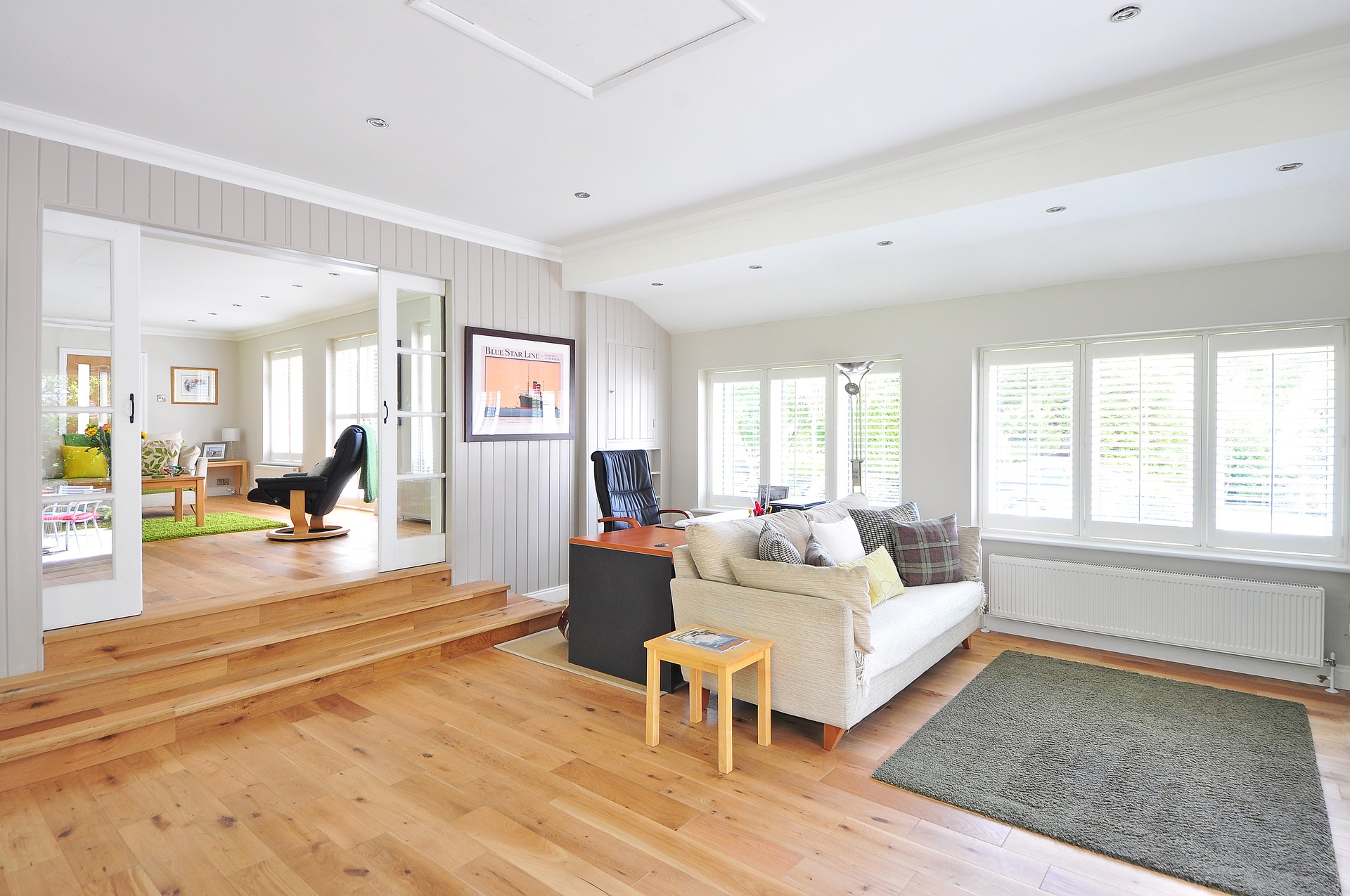The Allure of Spanish Revival: Capturing the Essence of Old World Charm
Introduction: There's something intensely captivating about Spanish Revival architecture. Rooted in history and brimming with character, this design trend is witnessing a resurgence, injecting homes with warmth, authenticity, and a distinct old-world charm. This article delves into the rich tapestry of Spanish Revival, its historical backdrop, current trends, and its practical implications in contemporary design.
A Journey Back in Time: The Genesis of Spanish Revival
Spanish Revival, also known as Spanish Eclectic, is a design style that gained popularity in the United States from 1915 to 1940. This architectural movement was a romanticized reinterpretation of the Spanish colonial and mission-style edifices that were widespread in the American Southwest. The style’s re-emergence was largely due to the Panama-California Exposition of 1915, where attendees were enamored by the charm and detail of the Spanish-inspired structures.
Spanish Revival Today: A Fusion of Old and New
In the present era, Spanish Revival style is experiencing a revival of its own. This design trend seamlessly amalgamates traditional elements – such as terracotta tiles, stucco walls, and ornamental ironwork – with modern aesthetics. The result is a unique, eclectic blend that speaks to those seeking a home with character, warmth, and a touch of history.
Practicality and Market Trends: Spanish Revival in the Modern Home
Spanish Revival’s practicality lies in its versatility. It can be adapted to suit various climates, with its thick stucco walls providing insulation and its large windows encouraging air circulation. As for market trends, Spanish Revival homes have become increasingly sought after, particularly in areas with historical Spanish influence. Their unique aesthetic, combined with practical design features, make these homes a valuable asset in today’s real estate market.
Enhancing Daily Living: The Benefits of Spanish Revival
Beyond its visual appeal, Spanish Revival style enhances daily living in various ways. The design’s emphasis on open spaces and natural light promotes a connection with the outdoors, enhancing the home’s ambiance and the occupants’ wellbeing. The use of durable, low-maintenance materials such as stucco and terracotta also reduces the need for frequent upkeep.
A Closer Look: Key Elements of Spanish Revival Design
At its core, Spanish Revival design is characterized by a few key elements. Arched doorways and windows, exposed wooden beams, and ornate tile work are some of the defining features. These elements, when combined, create a rich visual tapestry that exudes warmth, character, and authenticity.
In conclusion, the allure of Spanish Revival lies in its ability to blend history, character, and practicality into a cohesive design narrative. As this style continues to gain traction, it’s clear that the charm of old-world Spain is making a lasting imprint on modern design.





